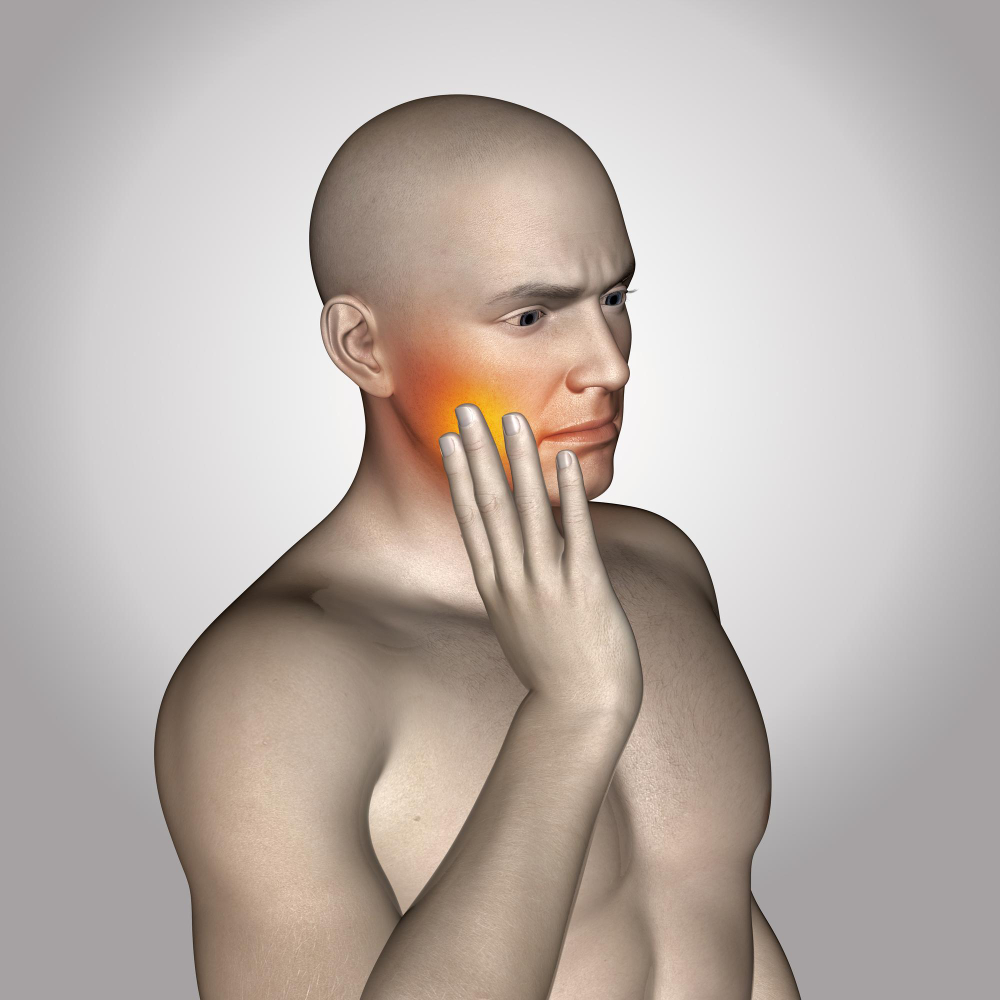


Trigeminal Neuralgia
Trigeminal neuralgia is a condition characterized by sudden, short, severe, and electric shock-like pain along the distribution of the trigeminal nerve (the fifth cranial nerve) on one side of the face.
Characteristics
The pain typically lasts from seconds to several minutes.
It is usually felt on one side of the face, especially in the cheek, jaw, lips, and around the eyes.
Pain attacks occur repeatedly throughout the day.
Causes
The most common cause is compression of the trigeminal nerve by an artery or vein (vascular compression).
Multiple sclerosis, tumors, or trauma can also rarely cause trigeminal neuralgia.
There may be idiopathic (unknown cause) cases.
Triggering Factors
Washing the face
Brushing teeth
Talking
Eating and drinking
Light touch
Diagnosis
The diagnosis is made through clinical evaluation.
Imaging methods such as MRI are used to rule out underlying causes, such as multiple sclerosis or tumors.
Treatment
Medication: Anticonvulsants (carbamazepine is most commonly used).
Surgical treatment (for resistant cases):
Microvascular decompression (removal of the blood vessel compressing the nerve).
Radiofrequency ablation, gamma knife radiosurgery, and other techniques.
Outcome
With appropriate treatment, pain can be controlled. Surgical treatments in drug-resistant cases can yield highly successful results.